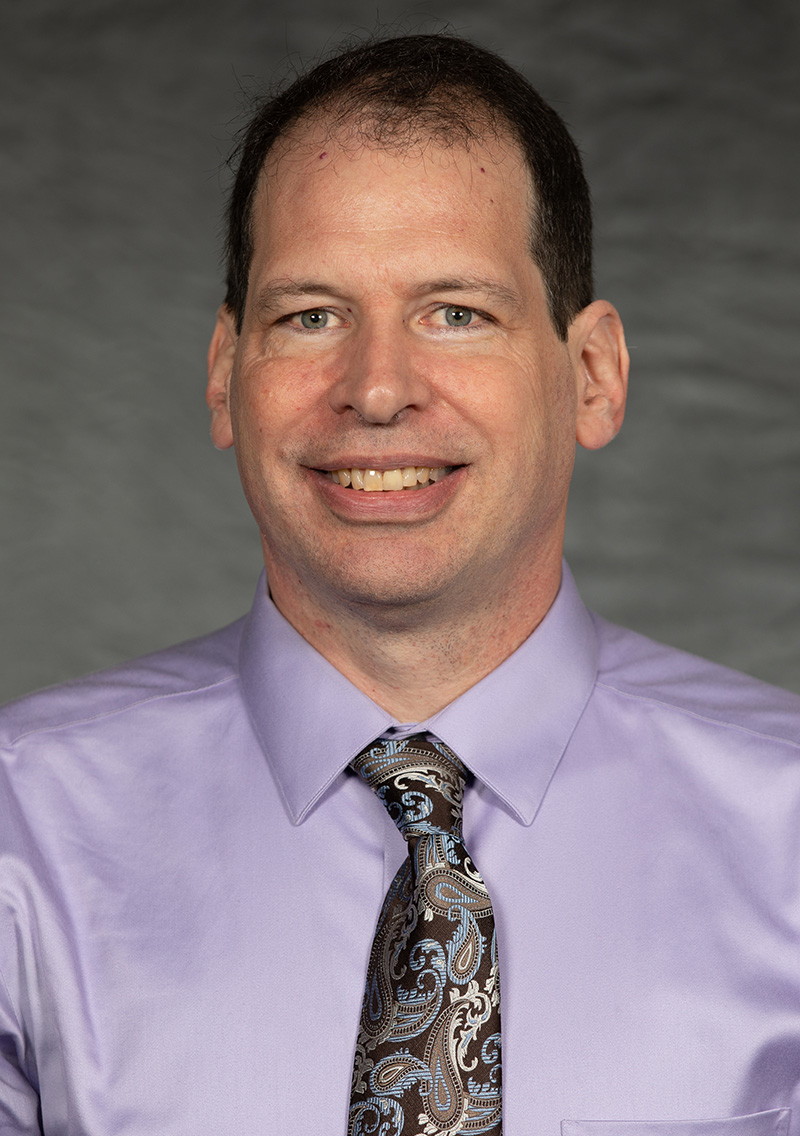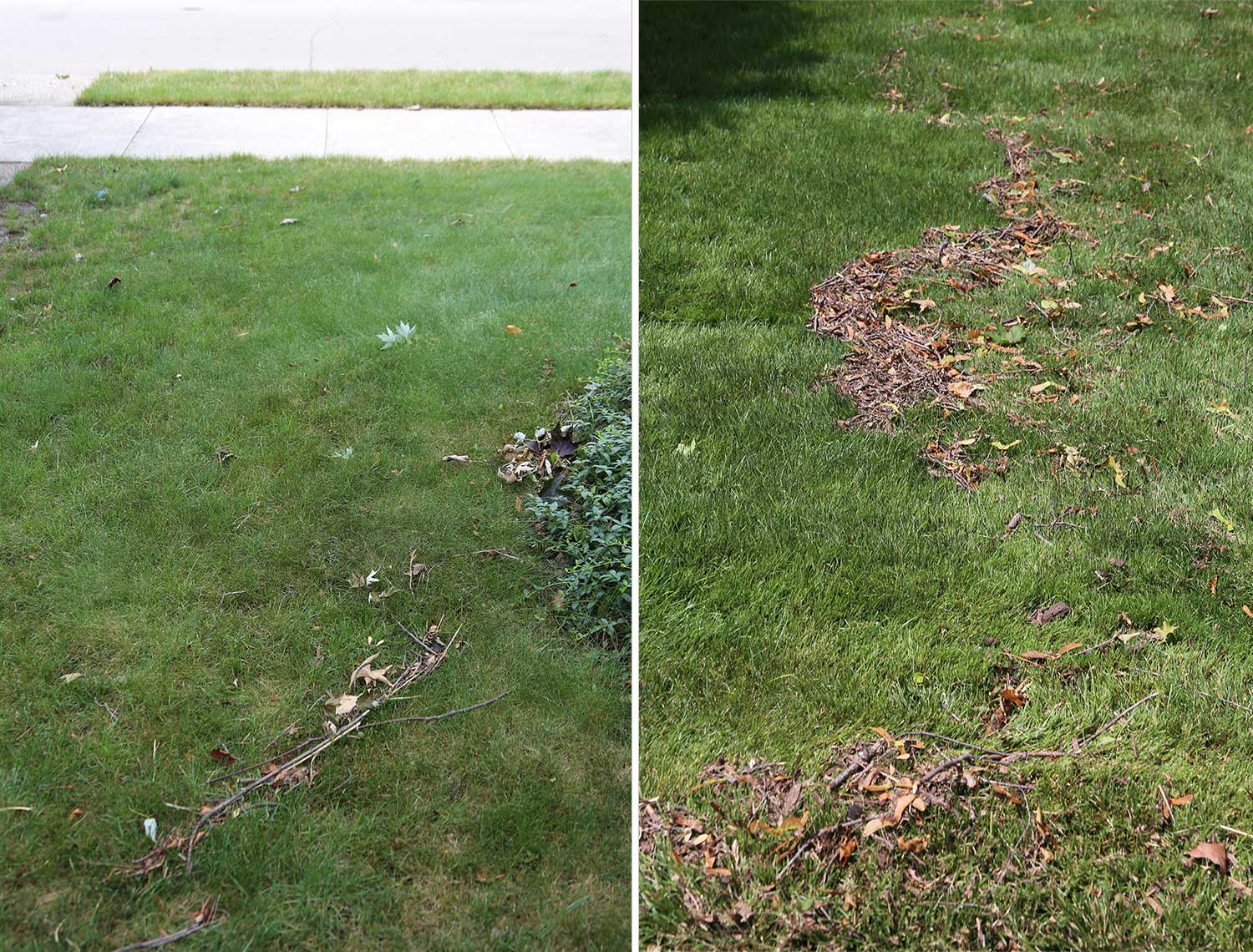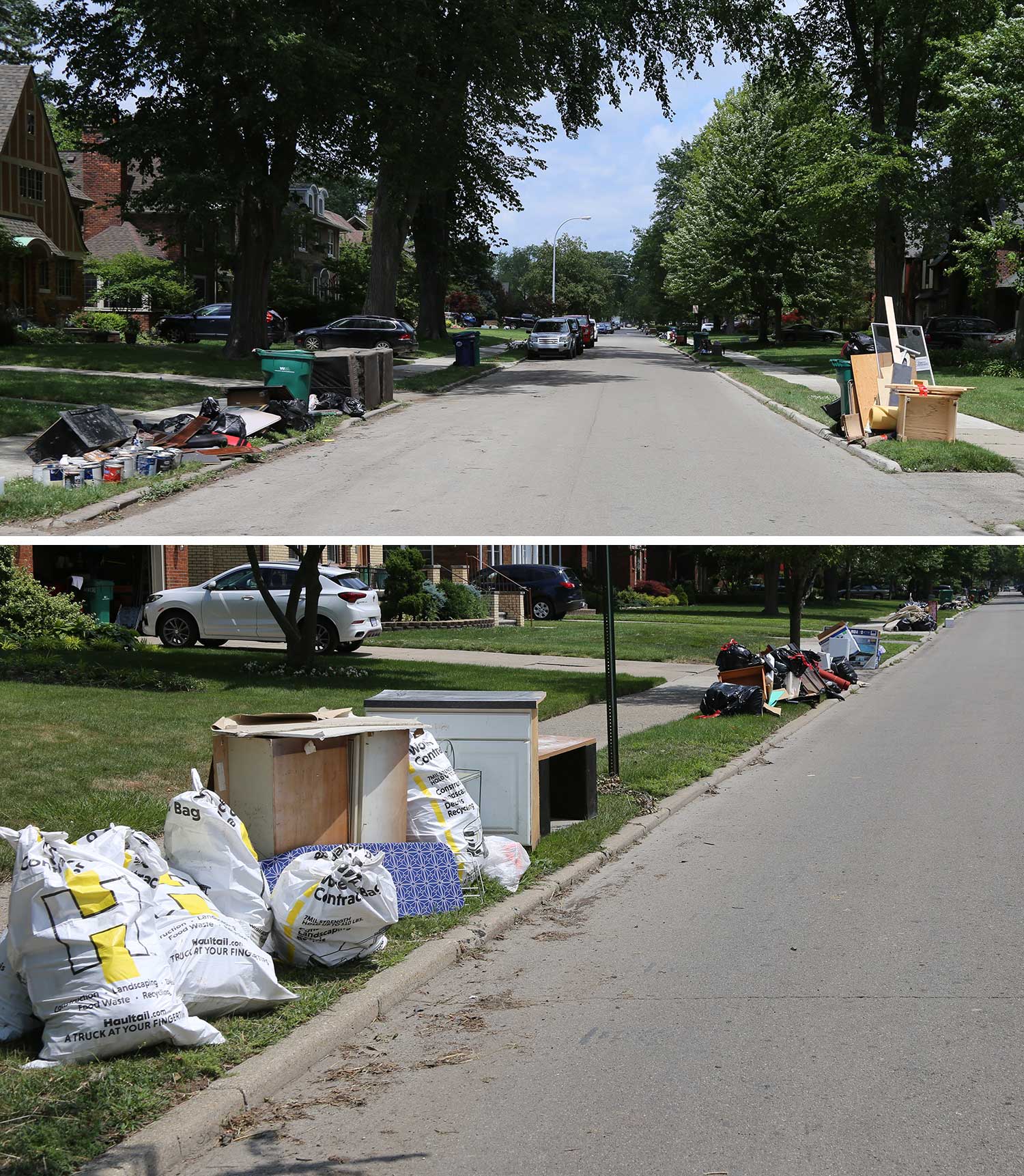CEE chair remarks on recent flooding in Detroit

The Saturday morning flooding event was an equal-opportunity disrupter and destroyer of health, property, and morale.
The facts of the matter sound familiar - we had an unusually large amount of rain that fell in an unusually short time period, overwhelming the design capacities of critical infrastructure and in the case of MDOT freeway sump pumps, people power, and I think electrical power; debris clogging inlets, so water concentrated and when it has nowhere to go it either infiltrates and percolates downward where it can then flow into basements, enters the sewer system causing backups, and when water can't spread out, it then gets deeper.
In the Civil-Environmental experience, we consider the broader scope of infrastructure that renders services to us. This includes: transportation, water, air, and soil resources, waste management, structures, and construction disciplines.
When you look at what a catastrophic flood does to each of these infrastructures: flooded freeways, flooded basements, uncontrolled sewer discharges, the huge pulse of solid waste and hazardous waste volume, the degrading impact on our foundations and structures, the flood severs or disrupts all of these services.
Our Healthy Urban Waters team have characterized the multifold, negative human health impacts of flooding on residents.
With so much talk about infrastructure, we know what needs to be done here, and the resources, well, we need to focus these on the basis of good data. For example, for any resilient, sustainable engineering design, we need good data on how the river interacts with groundwater in our coastal areas, basically how water moves around or does not move around our city.
In the context of the flood event that visited havoc upon us just about 48 hours ago, however, having the resources to cope and recover, that's often a matter of privilege. There is an aspect of data equity here, and making sure that we have supporting data for each of the unique circumstances, regardless of perceived social, economic standing in the City.
Through Federal, state, county, city, service provider-level coordination, we can get the data together, and Wayne State Civil Environmental Engineering know how to partner with our sister institutions and translate this data into designs and infrastructure that equitably serve.

Hydrologists look for clues and evidence of the extent of floodwaters during an event like we encountered over the past weekend. What might look like an ordinary accumulation of debris is actually what I would call a passive, natural crest stage gauge. Floodwaters fill the streets and then move inland, picking up leaves, sticks, and other debris, and then wash all of it inward to the urbanized landscape. The floodwaters then recede, leaving behind the debris, and marking the elevation to which the flood waters encroached. Surveying in from the street (which has a benchmarked elevation), we can use this well-defined line of debris to do what would be an urban flood study. This data would be used to understand how the overall drainage infrastructure responds to different precipitation events. I just used approximate line-of-site estimates to get a sense of the extent of inundation in my neighborhood. Come to Wayne State CEE and learn how to do these types of urban-serving studies.

One outcome of the flooding is residents disposing of their belongings that were ruined when basements flooded. Multiply this by a factor of 100 or 1000, and you'll get a sense of the problem here. Special, emergency trash pick-ups have been requested. However, can you imagine what this pulse of solid waste does to our overall waste management infrastructure? Note the intermixing of potentially hazardous wastes (paint cans) and other wastes.
There is no judgment here: residents are clearing out basements and trying to prepare and get to the new normal. As a city and county, we're just trying to get properties cleared and get this stuff off of the streets. Given the overwhelmed infrastructure, this is the best anyone can do.
That's a lot of pressure on our integrated waste management systems. This is just one aspect of how civil and environmental infrastructures are disrupted in the face of a disaster like the flooding last Saturday. Join Wayne State CEE and be a part of the future of engineering sustainable, resilient systems and processes.
William Shuster, Ph.D.
Chair, Civil and Environmental Engineering
Wayne State University